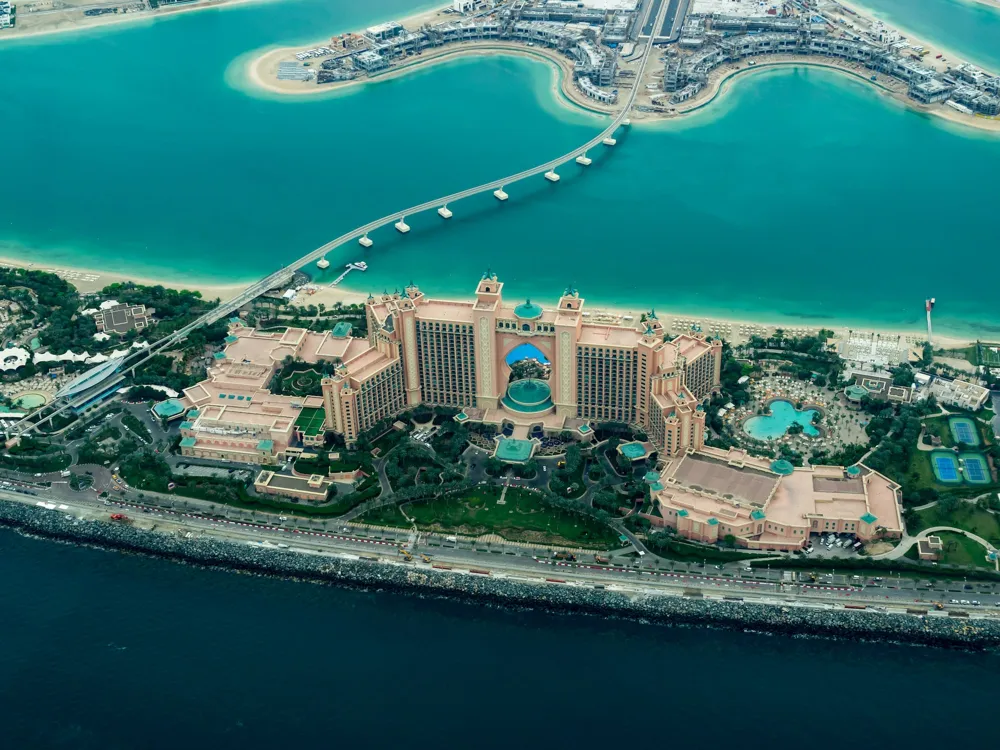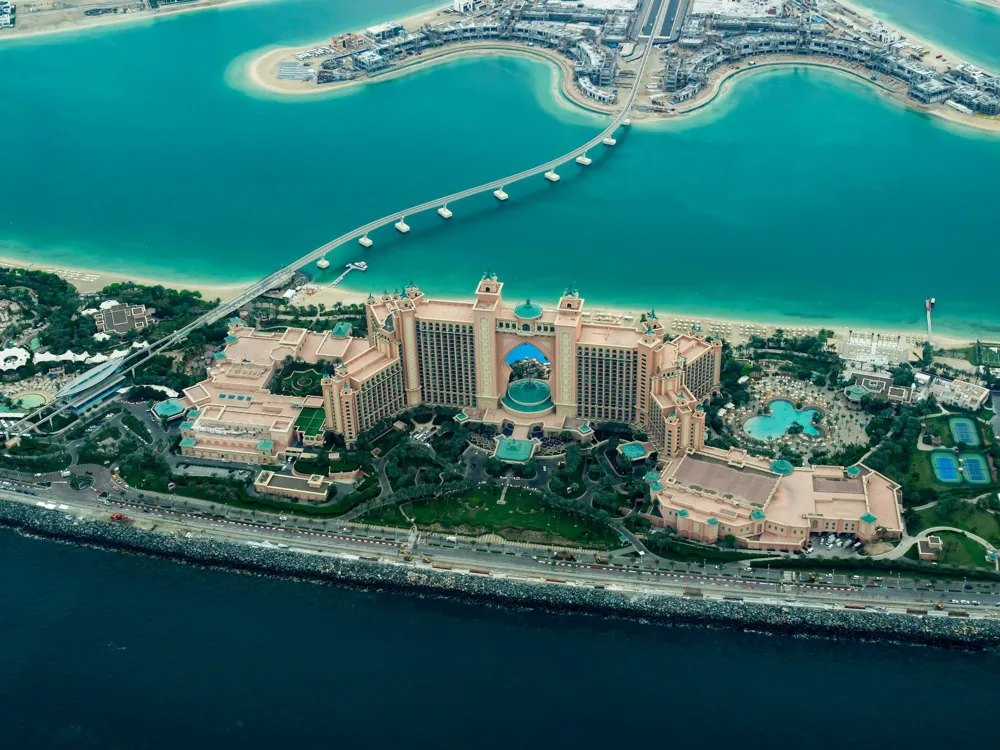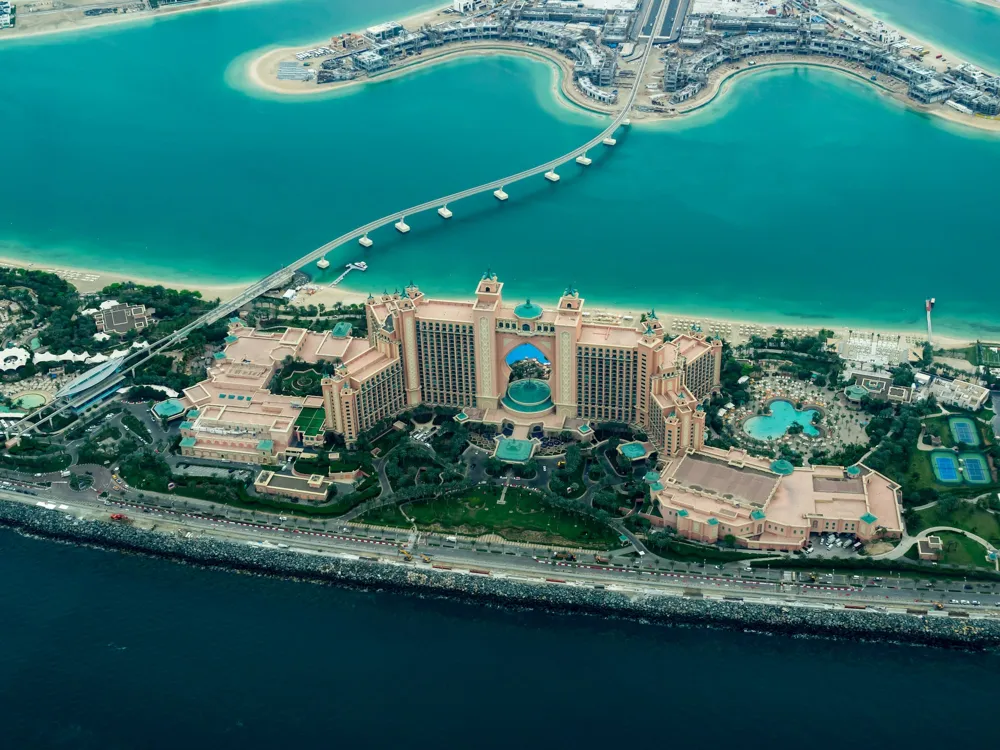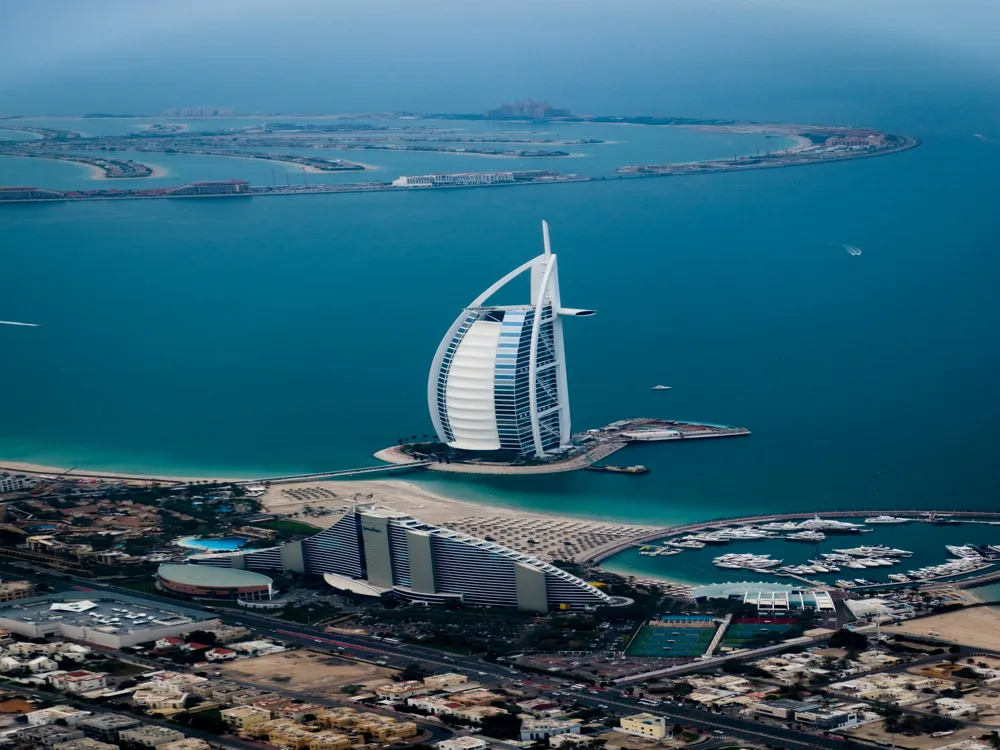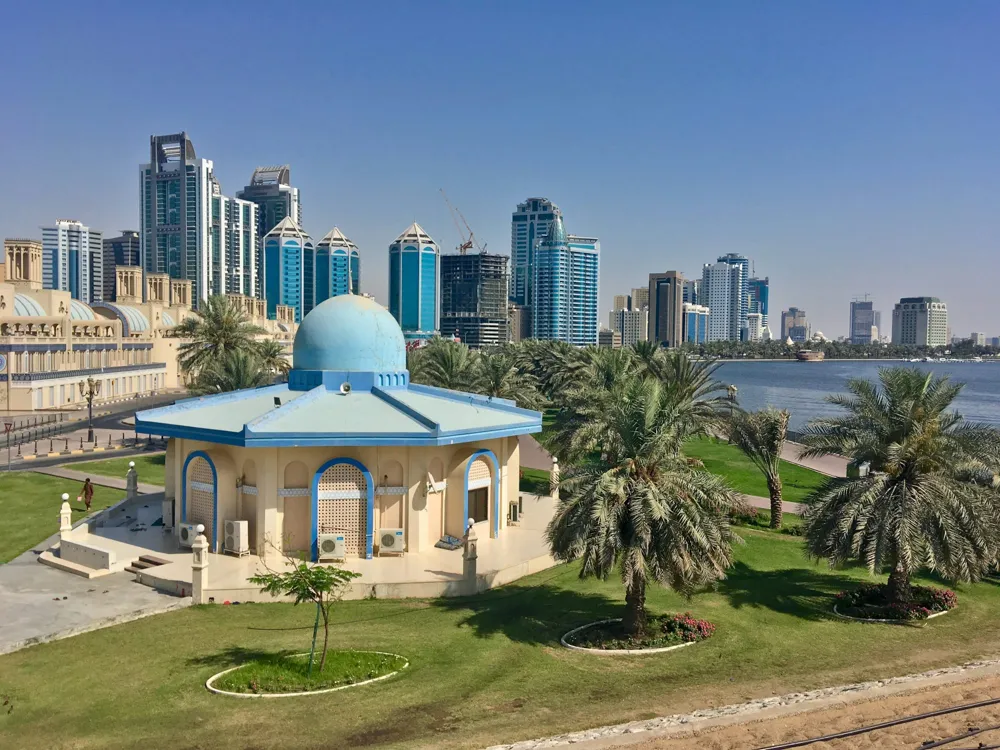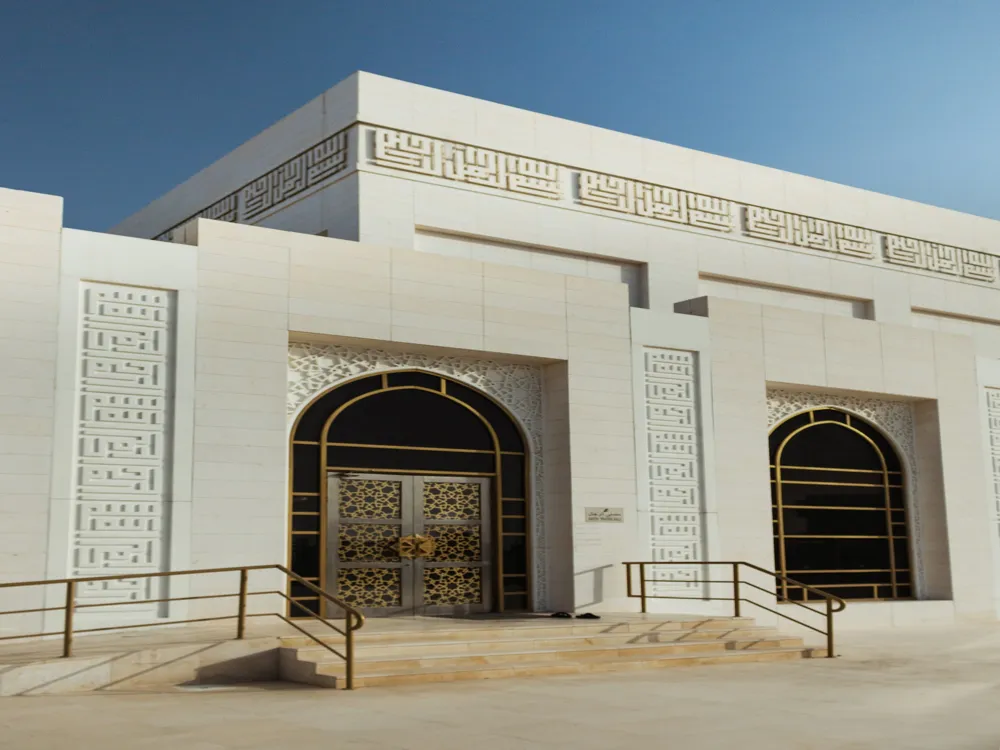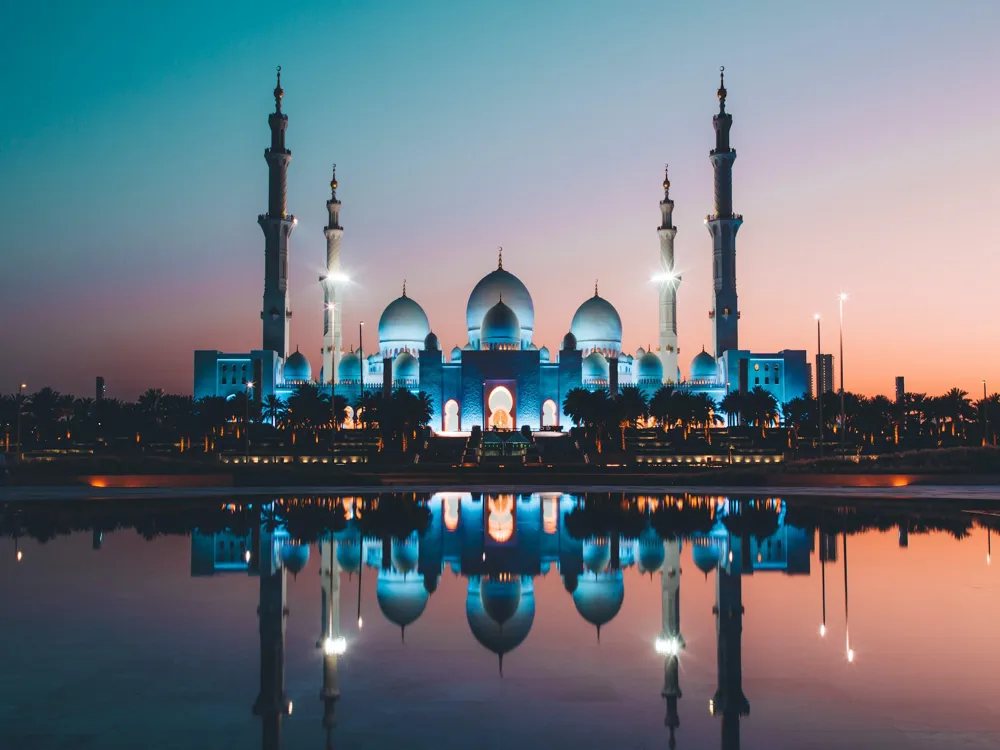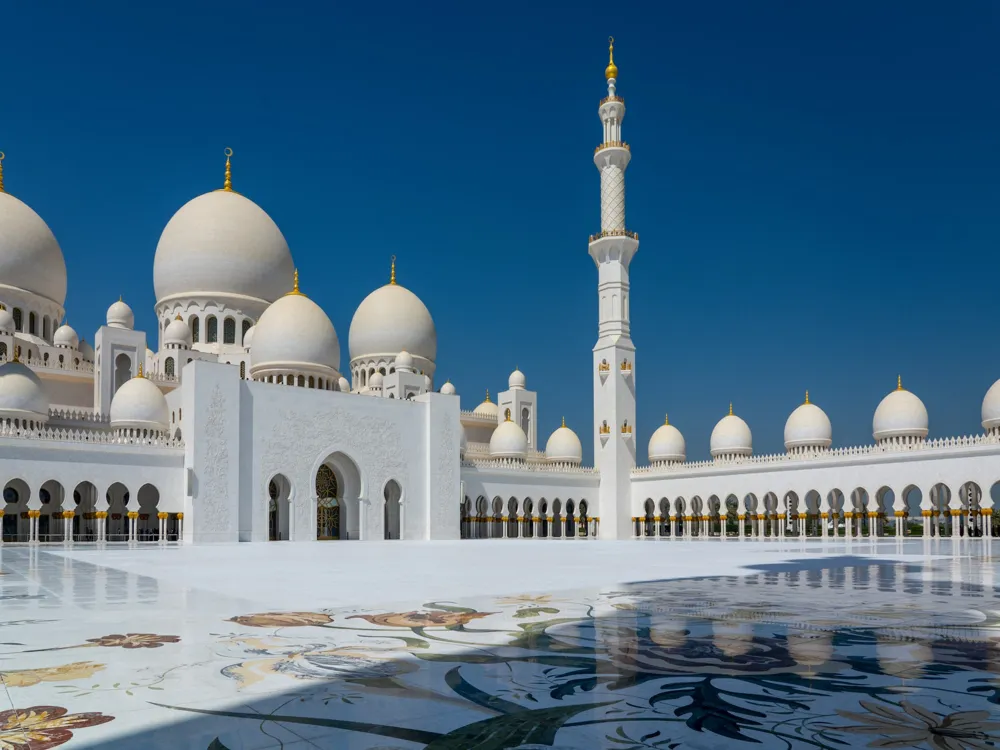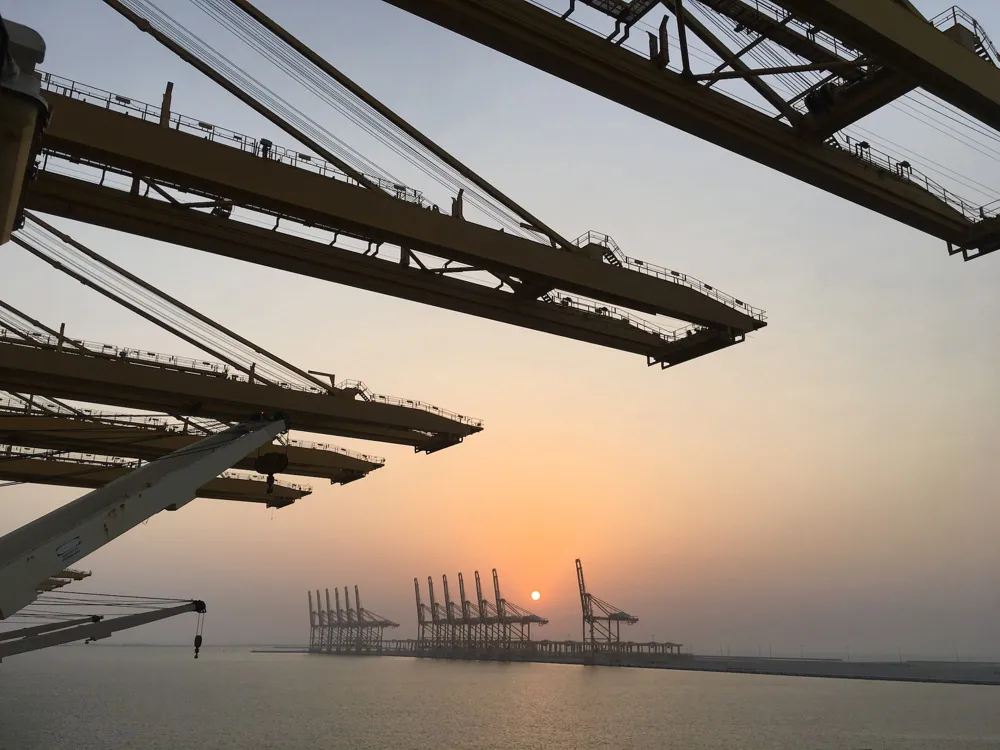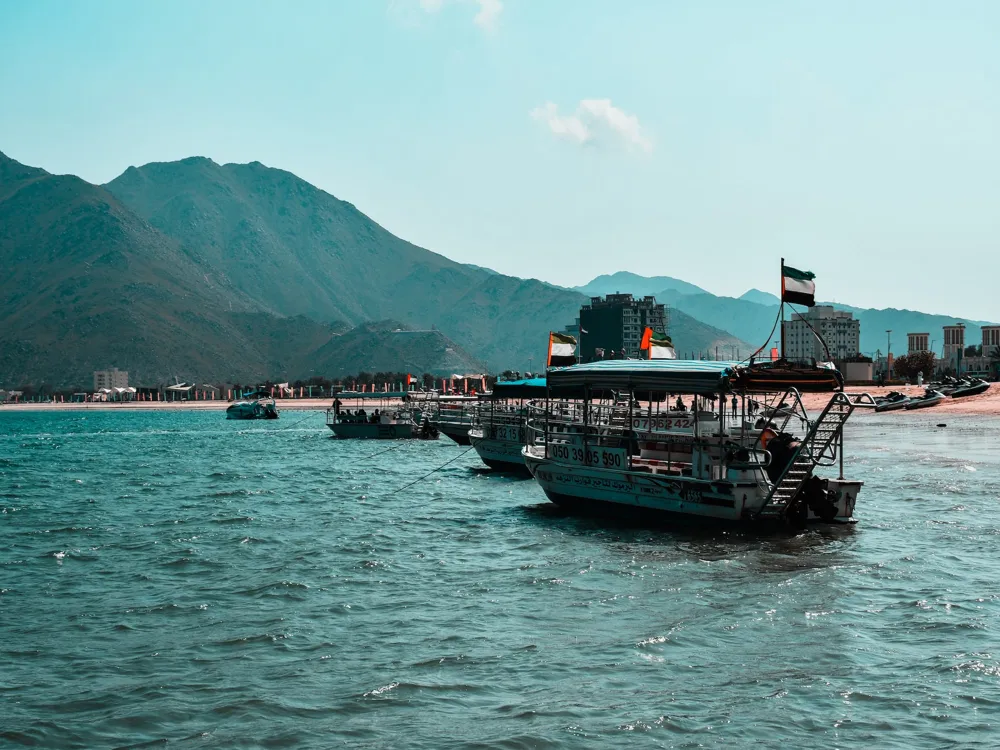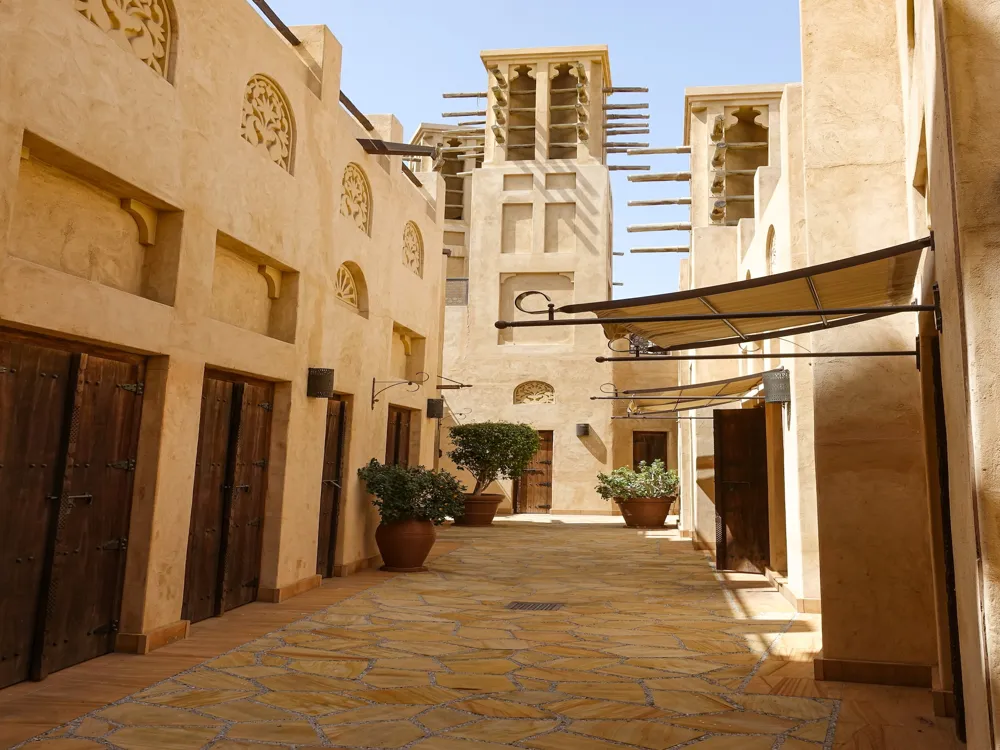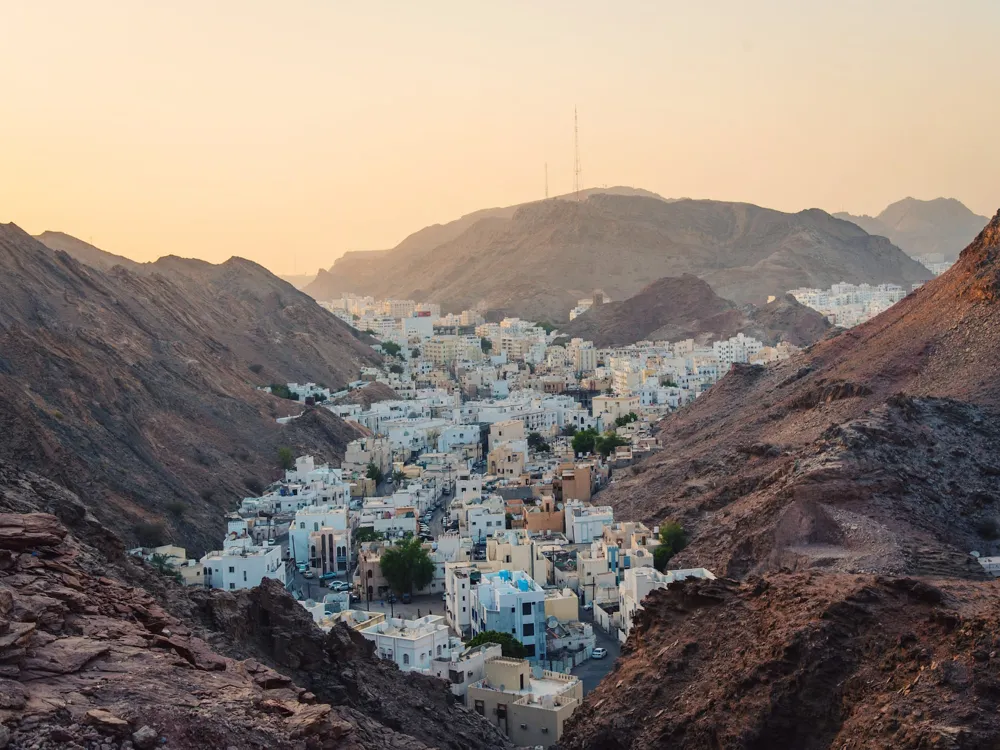Nestled in the heart of Bur, Dubai, the Dubai Spice Souk stands as a testament to the city's vibrant cultural and trading history. A visit to this traditional market, or 'souk', is like stepping into a world of sensory delights. The Spice Souk, renowned for its array of aromatic spices, herbs, and seasonings, offers a glimpse into the rich culinary traditions of the Middle East and beyond. The souk's narrow lanes are lined with countless stalls and shops, each brimming with bags, jars, and baskets filled with colorful and fragrant spices from around the world.
As you meander through the bustling alleys, the air is filled with the heady scents of cinnamon, cardamom, cloves, and nutmeg. Alongside the spices, you'll also find a variety of other goods, including incense, traditional Emirati artifacts, textiles, and handcrafted items, making the Spice Souk a treasure trove for both locals and tourists alike. The market's origins can be traced back to the times when Dubai was a budding port on the trade route between the East and the West. This historical significance adds to the allure of the Spice Souk, making it not just a shopping destination, but also a cultural and historical landmark.
The architecture of Dubai Spice Souk reflects the rich heritage and traditional design of the United Arab Emirates. As you approach the souk, you are greeted by its iconic entrance, featuring intricate Arabic calligraphy and motifs. The souk's layout follows a traditional Middle Eastern bazaar style, with narrow, winding paths that create a sense of mystery and exploration. The buildings within the souk are constructed using traditional materials like coral, mud, gypsum, and palm wood, echoing the building practices of old Dubai.
One of the most striking features of the Spice Souk is its roofs. Constructed from palm fronds and supported by wooden beams, these roofs not only provide shade from the scorching Dubai sun but also add to the market's authentic ambiance. The use of natural ventilation and narrow alleyways keeps the souk cooler, a nod to the ingenuity of traditional Emirati architecture. The shops themselves are small yet brimming with character, their wooden facades often adorned with carvings and Arabic motifs, further enhancing the souk's historical charm.
Consider visiting during the cooler hours of the day, either early morning or late afternoon, to avoid the midday heat. Weekdays are generally less crowded than weekends. As the Spice Souk is located in a more traditional area of Dubai, it's advisable to dress modestly, covering shoulders and knees, out of respect for local customs. Haggling is an integral part of the shopping experience in the souk. Don't hesitate to negotiate prices, as vendors typically expect it and often start with higher quotes. While spices are the main attraction, the souk also offers a variety of other goods like incense, herbs, teas, and souvenirs. Take time to explore these hidden gems. Ensure the freshness and quality of spices by checking their color and aroma. Avoid pre-packaged spices as they might be less fresh.
The Dubai Spice Souk is easily accessible by various modes of transportation. If you're using public transport, the nearest metro station is Al Ras Metro Station, located just a short walk away from the souk. For those preferring to travel by road, there are numerous buses that service the area, as well as ample taxi services available throughout Dubai. If you're driving, there are parking facilities nearby, though it's worth noting that finding a parking spot can be challenging during peak hours. Additionally, for a truly unique experience, you can reach the Spice Souk by taking a traditional abra (water taxi) across the Dubai Creek, offering a picturesque view of the city's old and new juxtaposed against each other.
Overview of Dubai Spice Souk in Bur, Dubai
Architecture of Dubai Spice Souk
Tips When Visiting Dubai Spice Souk
Plan Your Visit
Dress Appropriately
Haggling is Key
Explore Beyond Spices
Be Mindful of Quality
How To Reach Dubai Spice Souk
Dubai Spice Souk
Bur Dubai
Dubai
₹ 17,999 onwards
View dubai Packages
Weather :
Tags : Shopping Market
Timings : Fridays - 4:00 PM - 10:00 PM, All other days - 10:00 AM - 10:00 PM
Time Required : 1 - 2 hrs
Entry Fee : No Entry Fee
Planning a Trip? Ask Your Question
Dubai Travel Packages
View All Packages For Dubai
Top Hotel Collections for Dubai

Private Pool

Luxury Hotels

5-Star Hotels

Pet Friendly
Top Hotels Near Dubai
Other Top Ranking Places In Dubai
View All Places To Visit In dubai
View dubai Packages
Weather :
Tags : Shopping Market
Timings : Fridays - 4:00 PM - 10:00 PM, All other days - 10:00 AM - 10:00 PM
Time Required : 1 - 2 hrs
Entry Fee : No Entry Fee
Planning a Trip? Ask Your Question
Dubai Travel Packages
View All Packages For Dubai
Top Hotel Collections for Dubai

Private Pool

Luxury Hotels

5-Star Hotels

Pet Friendly






